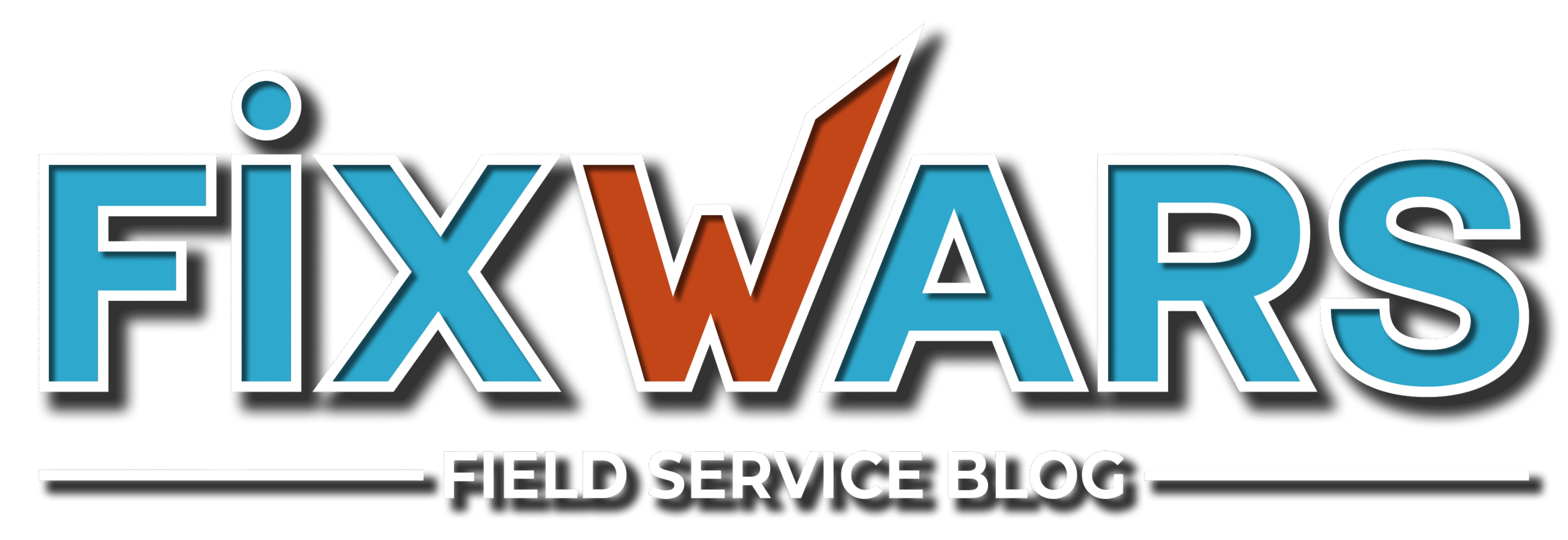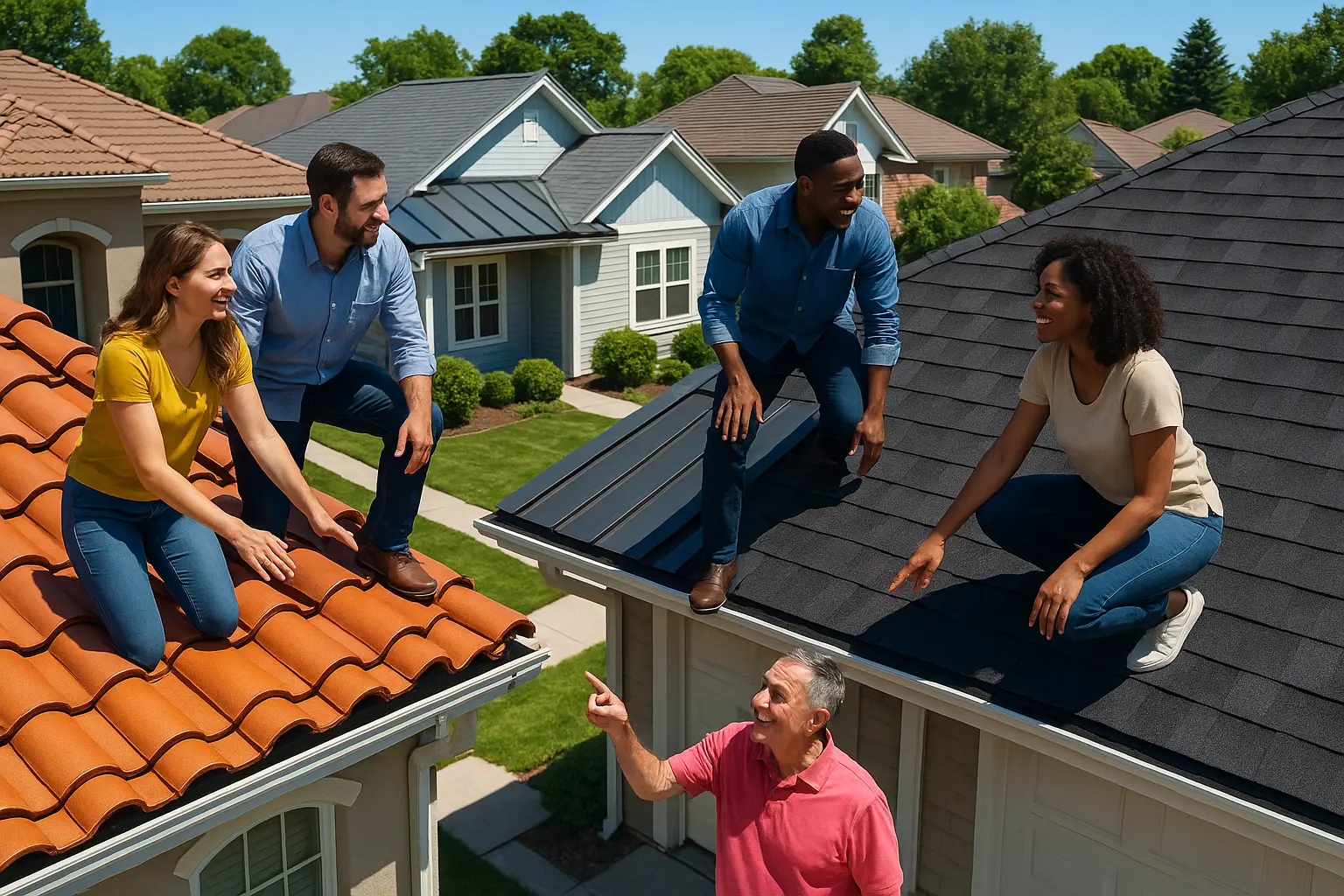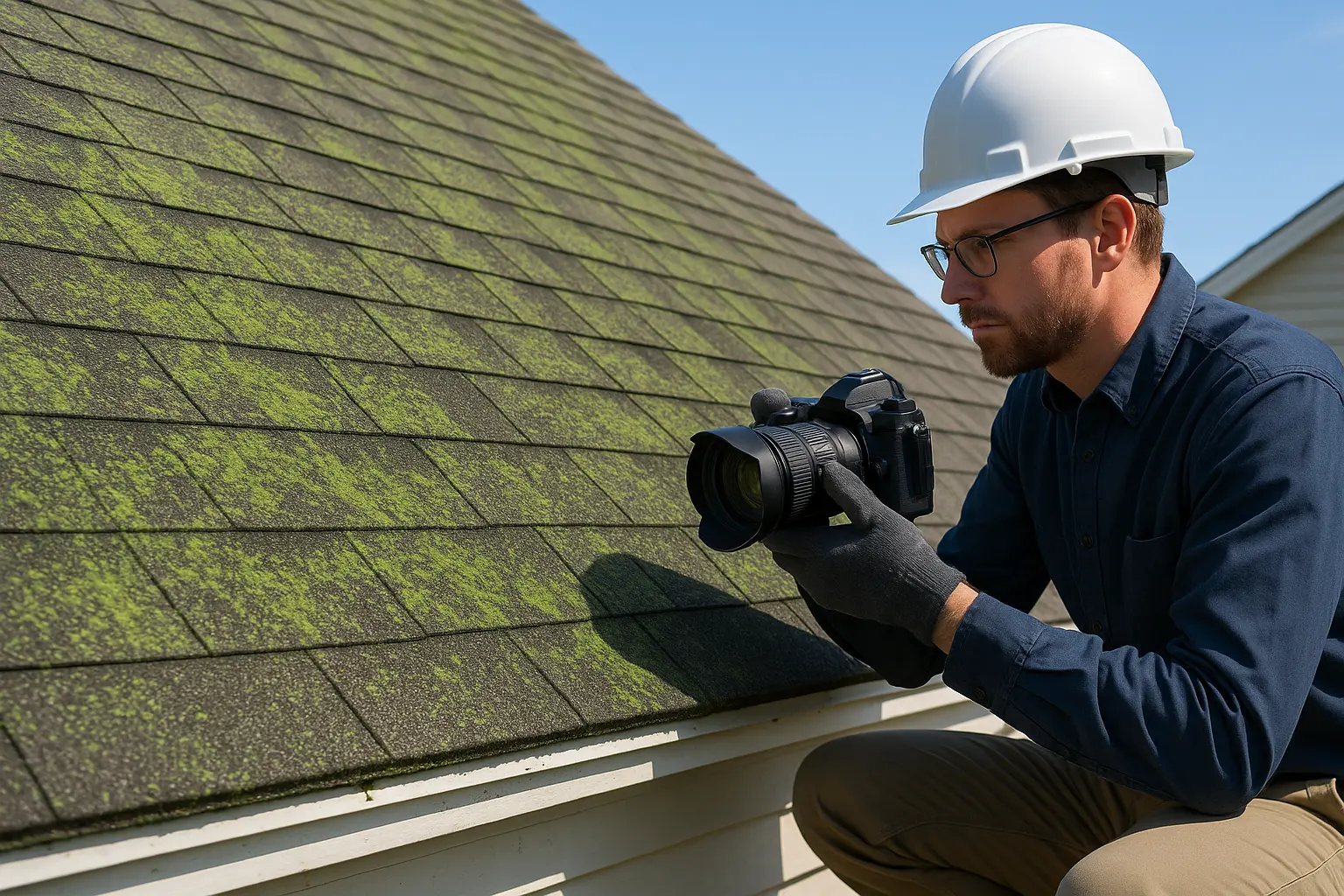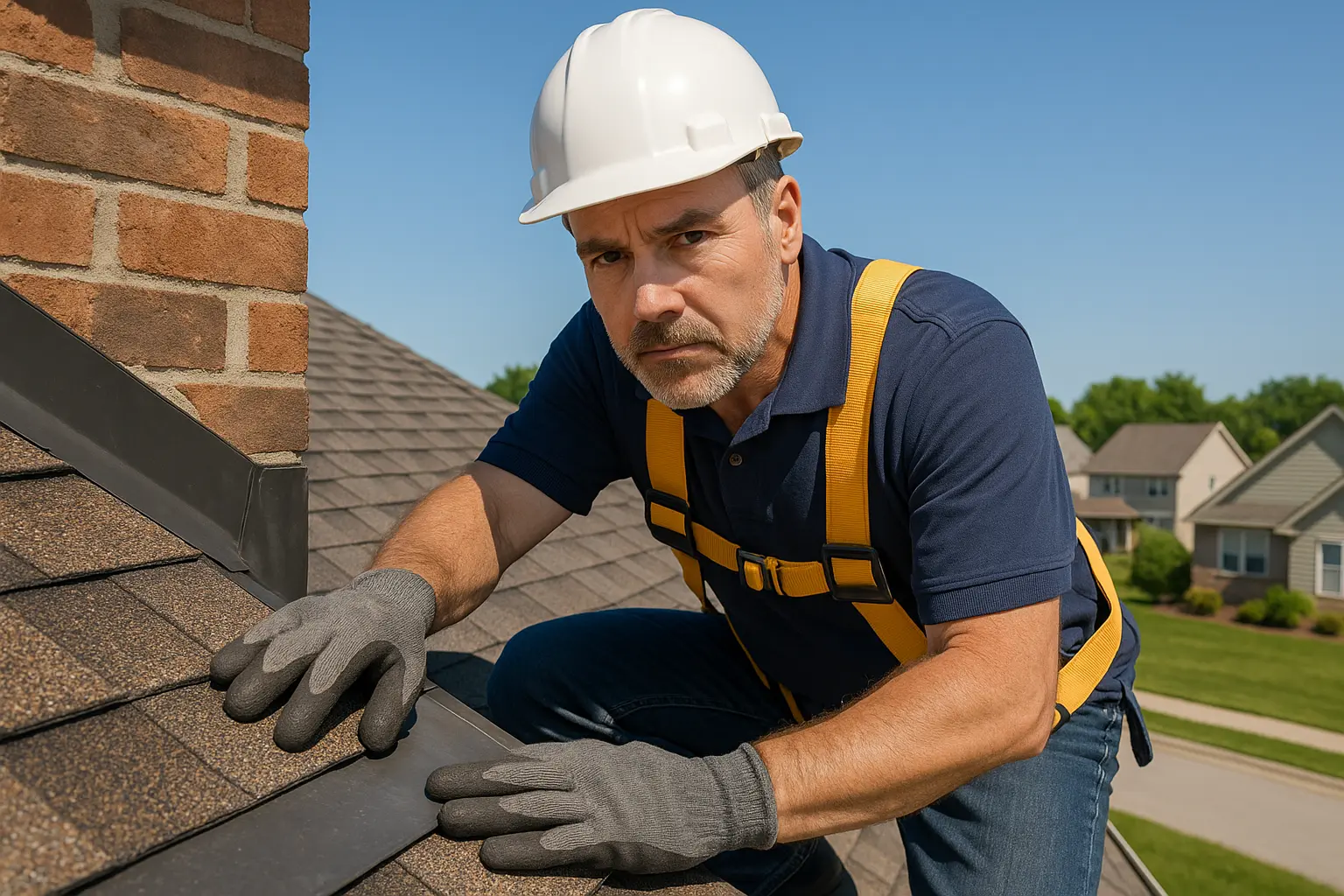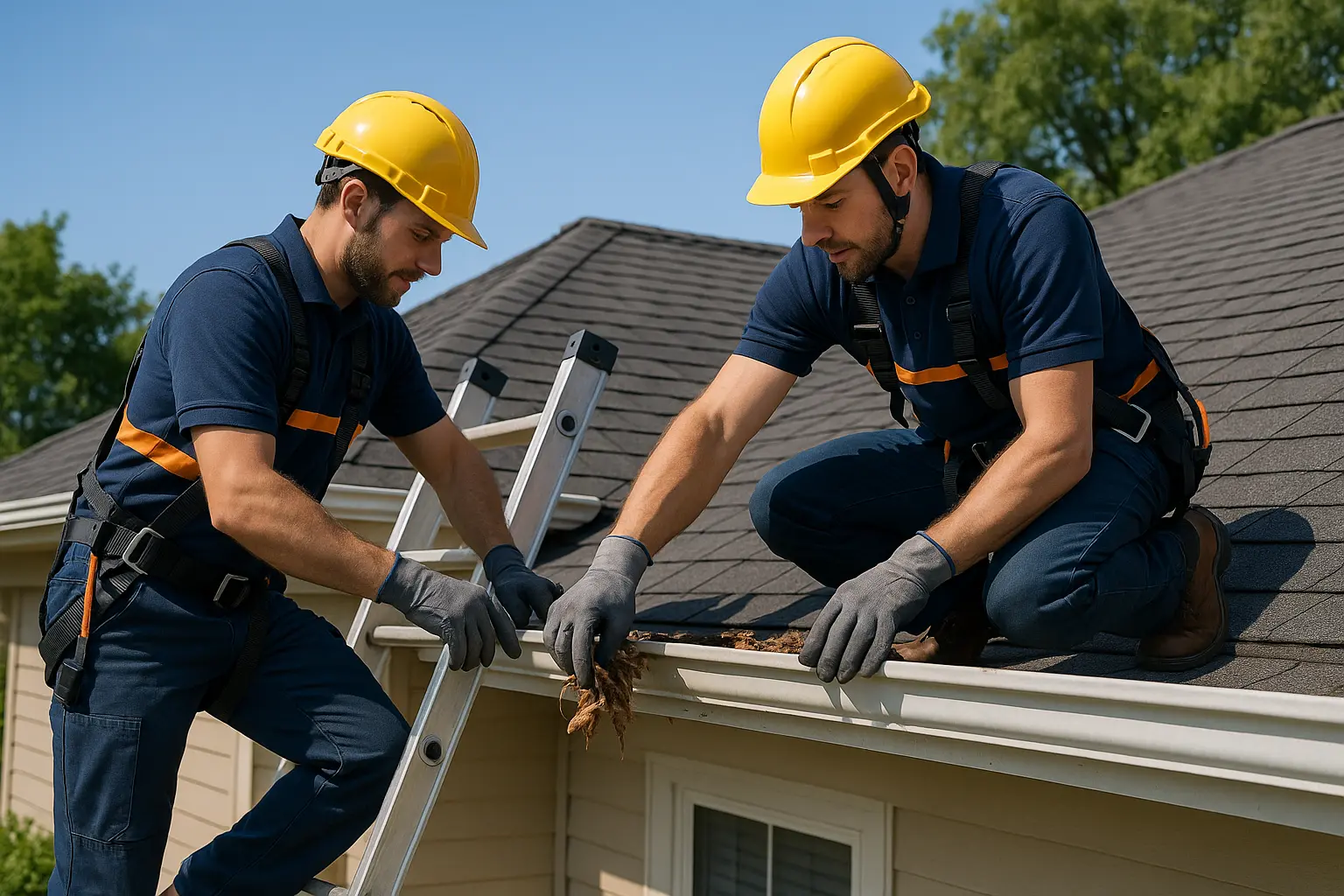Introduction
Choosing the correct roof material is more than just a functional decision – it’s about making smart roofing decisions that will impact your home’s look, energy efficiency, and long-term durability. Every roof stands as the first line of defense against the weather, while also playing an important role in reducing energy bills and boosting the overall value of your house. When you understand the roofing material pros cons and other essential factors, you can confidently choose a style that fits your budget, design taste, and local weather conditions. In this guide, we explore four popular roofing options: asphalt shingles, metal roofs, tile coverings, and wood shingles and shakes.
Throughout this article, we stress that making smart roofing decisions is key to achieving a home that not only looks great but functions efficiently. It’s important to weigh factors such as installation needs, maintenance routines, and the overall impact on energy efficiency, cost, and appearance.
Asphalt Shingles
Advantages of Asphalt Shingles and smart roofing decisions
Asphalt shingles are a go-to option for many because they are affordable, readily available, and easy to install. Their versatility means they can suit modern, traditional, or eclectic architectural styles, making them a favorite for homeowners seeking reliable roofing installation without breaking the bank. Whether you’re in search of roofing durability or design flexibility, asphalt shingles provide a balanced mix of performance and style.
They come in a wide assortment of colors and textures, allowing for plenty of customization. With a lifespan that typically falls between 20 and 30 years, these shingles deliver a practical balance between cost and longevity – an essential factor in smart roofing decisions. Numerous regions, especially suburban neighborhoods, have seen widespread use of asphalt because it combines both appearance and practicality, accommodating advances like impact-resistant and algae-resistant varieties.
When it comes to roofing material pros cons, even though asphalt shingles offer many benefits, they do present a few challenges that every homeowner must consider.
Drawbacks and Suitability for Asphalt
A major drawback with asphalt is its sensitivity to harsh weather conditions. In areas with heavy rainfall, hail, or strong winds, you might notice deterioration sooner than expected. Over time, factors like granule loss, cracking, and curling can compromise the roof’s performance and undermine energy efficiency.
Environmental sustainability is another concern. Since these shingles are made from petroleum-based products, their production and eventual disposal can create waste issues. Limited recycling options make asphalt a less eco-friendly choice compared with alternatives such as metal or tile roofs. Homeowners should keep in mind that while initial costs are low, continuous maintenance might be needed in demanding climates.
Ultimately, asphalt shingles are best for those who value cost efficiency and ease of repair. If your local climate is mild or you are planning routine upkeep, this option can be a reliable part of smart roofing decisions that factor in both initial cost and long-term care.
Metal Roofing
Metal Roofs: A Guide to smart roofing decisions
Metal roofing is increasingly popular among modern homeowners who value both performance and energy efficiency. Known for its incredible durability, metal roofs can last from 40 to 70 years – a feature that often justifies the larger upfront expense. When considering roofing material pros cons, metal stands out with its proven resistance to high winds, heavy rains, and even fire. Such strength makes it a fine choice in areas prone to natural challenges.
One of the biggest attractions of metal roofs is their energy efficiency. They work by reflecting solar heat, which in turn reduces the load on your air conditioner and helps cut down on energy bills. Additionally, metal roofs contribute significantly to eco-friendly roofing practices because they are fully recyclable at the end of their life. The extra cost is often offset by the long-term savings and durability you gain.
Showcasing why many experts recommend metal, homeowners in places with extreme weather conditions are embracing it as part of their smart roofing decisions. When you factor in installation expertise and potential noise control methods, metal roofing becomes an attractive package for those aiming to maximize performance and reduce energy costs.
Considerations When Choosing Metal Roofing
While metal roofing offers numerous benefits, there are a few challenges to be aware of. The most notable is its higher cost compared to traditional asphalt options. Because metal roofs require specialized skills for installation, the labor costs can add a significant sum to your investment.
Another aspect is the issue of acoustic performance. Without proper insulation or underlayment, metal roofs might create more noise during heavy rain or storms. Fortunately, improvements like noise-dampening coatings help manage this drawback. In the realm of roofing material pros cons, it’s essential to ensure that the metal option meets your sound and performance expectations.
By carefully planning your installation with reputable professionals, you can overcome these challenges and make truly smart roofing decisions that bring both safety and cost efficiency to your home.
Tile Roofing
Tile Roofing: A Cornerstone of smart roofing decisions
Tile roofing is renowned for its timeless charm and rigorous performance, even in harsh weather. Crafted from clay or concrete, these roofs offer excellent resistance to high winds and fire while providing superb thermal insulation. This thermal property is especially valuable in areas with heavy sun exposure, as it helps moderate indoor temperatures and reduce cooling costs.
The aesthetic appeal of tile is another major draw. With a wide palette of colors, patterns, and textures, tile roofs can grace homes with a distinctive, attractive look that many homeowners love. From Spanish-inspired designs to more understated modern styles, tiles add a layer of elegance that boosts curb appeal and overall property value. Such benefits in terms of roofing durability and visual appeal solidify tile’s place within smart roofing decisions.
However, when you weigh the roofing material pros cons of tile roofs, several challenges must be kept in mind. For one, tile roofs generally incur higher upfront costs – both in materials and installation efforts. Moreover, their considerable weight means that not every home’s structure is equipped to support them without reinforcement. This added expense is worth considering when planning long-term energy efficiency and cost management.
Best Practices for Tile Roofing
Tile roofs are best suited for homeowners in warmer climates who appreciate both beauty and practicality. In areas like Florida or Arizona, where the heat is a constant companion, tile roofing can offer significant energy savings by reflecting enough heat to reduce cooling demands. The need for extra structural work is a small trade-off when you consider the enhanced longevity and style such roofs provide.
Also, ensuring proper installation of tile roofs is crucial to avoid cracking and misalignment issues. When installation is done right by skilled professionals, these roofs can last for many decades, making them a worthwhile consideration in smart roofing decisions that balance upfront cost with long-term benefits.
This approach of considering both aesthetic impact and structural needs is key. Using roofing material pros cons evaluation helps homeowners make choices that support not only energy efficiency but also long-term investments in their properties.
Wood Shingles and Shakes
Embracing Natural Charm with smart roofing decisions
Wood shingles and shakes are a classic choice for those who want to bring a touch of nature’s warmth to their homes. With an organic appeal, wood roofing provides a unique, textured look that many find charming and inviting. When sourced sustainably and treated properly, these roofs also offer decent thermal insulation and add a natural flair to your home exterior.
One of the distinctive benefits of using wood is the character it brings. Each shingle or shake comes with natural variations in grain and color, contributing to a unique pattern that synthetic materials rarely match. For regions where a rustic feel is valued, wood can be a central element in your overall design strategy, ensuring that your home stands apart as part of your smart roofing decisions.
However, as with all roofing material pros cons, wood comes with its own set of challenges. Without regular care, wood shingles can fall prey to rot, mold, and insect damage, particularly in damp or humid environments. Fire risk is another consideration, even though treatments can lessen this danger somewhat. Frequent inspections, cleaning, and maintenance are necessary to maintain both the appearance and the performance of a wood roof.
Practical Uses for Wood Roofing
Wood shingles and shakes are best suited for homes in moderate climates, where the extreme challenges of weather are less of a concern. They can be a perfect match for cabins, historic homes, or rural properties where a natural, earthy look enhances the overall design. The unique texture offered by wood roofing can elevate your property’s charm, ensuring that every aspect of your building reflects careful, intentional design – a hallmark of smart roofing decisions.
Practical use of wood roofing involves staying on top of regular care. Homeowners who relish the aesthetic and natural insulation advantages need to be committed to periodic treatment, repairs, and potential refinishing. This dedication is part of the process that makes informed roofing material pros cons evaluations all the more meaningful in protecting your investment over time.
Conclusion
Ultimately, the process of choosing a roof is as much an art as it is a science. By carefully examining the benefits and challenges associated with asphalt, metal, tile, and wood roofs, you can engage in truly smart roofing decisions that optimize your home’s value, energy efficiency, and overall appeal. In each category, understanding the roofing material pros cons allows you to match your choice to your specific needs, budget, and local weather conditions.
For those seeking an affordable and easy-to-install option, asphalt shingles offer a balanced solution, though not without their vulnerabilities under harsh climates. Metal roofs, with their long lifespan and energy-saving qualities, present a strong case for homeowners prepared to invest more upfront to save later. Tile roofs bring timeless beauty and great thermal performance but come with added installation challenges and weight issues. Meanwhile, wood shingles and shakes deliver a warm, natural look that can transform a home – provided you are ready to handle their maintenance requirements.
Every homeowner has unique priorities, making it essential to assess each option carefully. Consulting with experts and local suppliers can help refine your understanding of both cost and energy efficiency in roofing, ensuring your final choice is among the best smart roofing decisions possible. With thoughtful research and a clear evaluation of roofing material pros cons, your home will not only withstand the elements but will also stand out as a safe and beautiful investment for years to come.
In summary, whether your focus is on the upfront cost, long-term energy savings, or simply the style that best enhances your property, taking a comprehensive look at your roofing options will pay off. Embrace a process that values both aesthetic elegance and practical function, leaving you confident in your ability to make smart roofing decisions for your home’s future.
